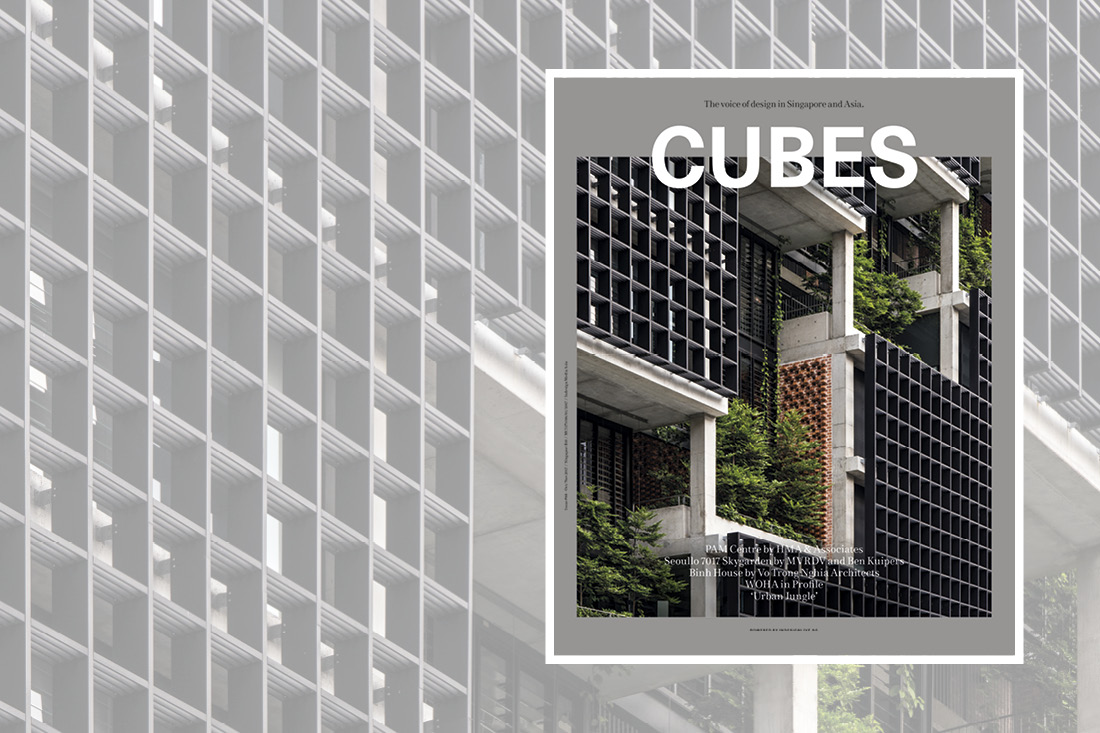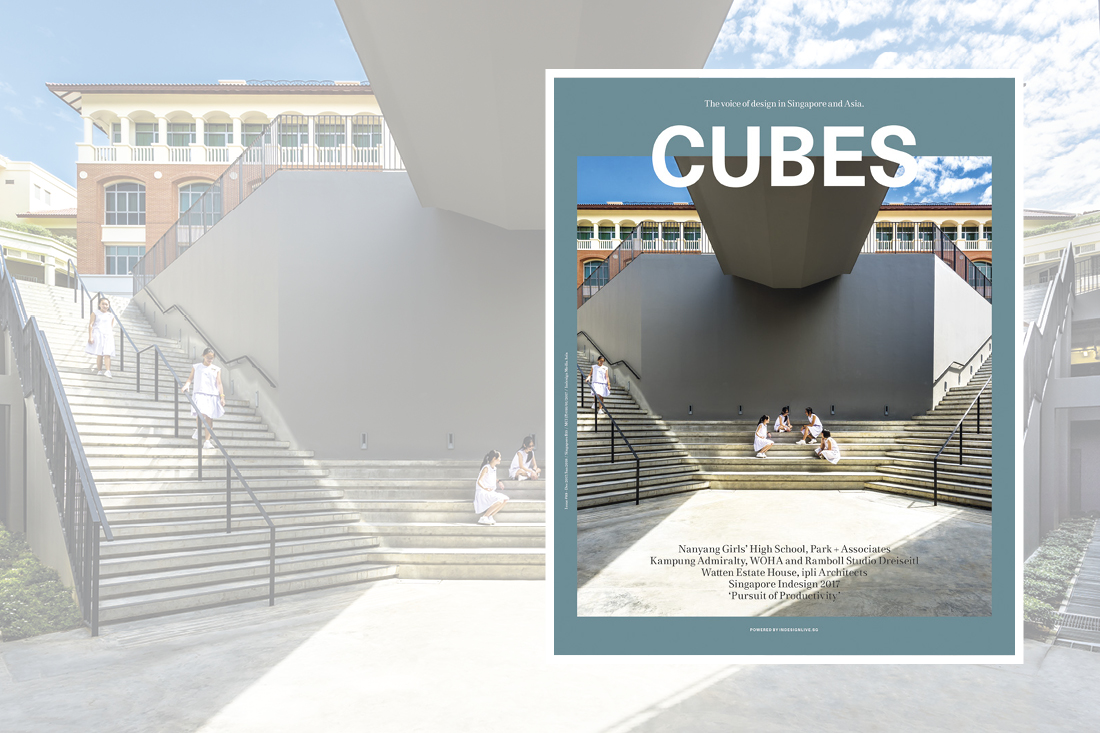
For urban dwellers – and that’s over half of the world’s population, according to the United Nations – trekking in a nature reserve is a respite from the concrete jungle. Trees are unrestricted by regulations for height and gross floor area. The variety of species is not defined by land-use or conservation guidelines. Greenery is not a single shade, but a palette of textures and hues. Encountering this natural order of growth is a striking reminder (by way of comparison) of how much effort goes into designing, building and maintaining a city.
While city making has traditionally meant concreting over nature, this has given way in recent times to more environmentally friendly ideals. ‘Green buildings’, ‘sustainable architecture’ and entire ‘eco-cities’ are just some examples of how urban planners and architects have acknowledged and even embraced nature by planting more greenery, designing energy-efficient buildings, and investing in blue-green infrastructure. But beyond thinking for nature, cities can be like nature, and step into the wild.
➜ Read the full column in CUBES #88 (October/November 2017)


 From smart phones to smart televisions—and now, smart cities—it is amazing how “intelligent” the world has become in recent years. “Smart” is the trendiest pre-fix in the world today, replacing “i” from the turn of the millennium when technology firm Apple revolutionised the market with its iMac and iPhones.
From smart phones to smart televisions—and now, smart cities—it is amazing how “intelligent” the world has become in recent years. “Smart” is the trendiest pre-fix in the world today, replacing “i” from the turn of the millennium when technology firm Apple revolutionised the market with its iMac and iPhones.